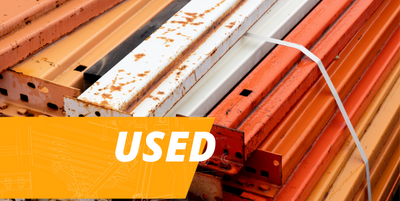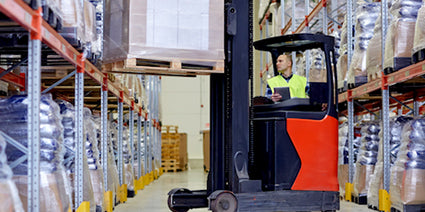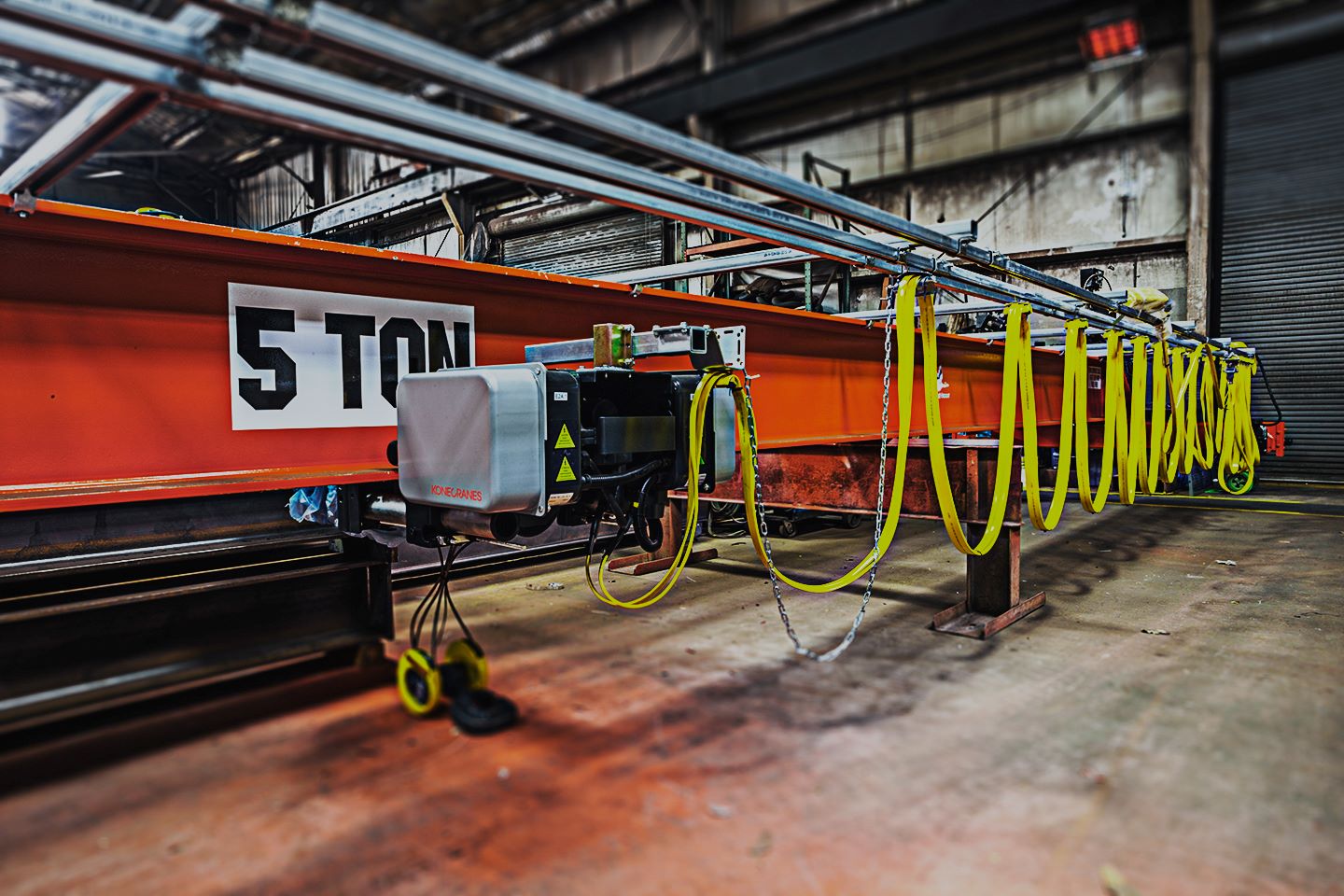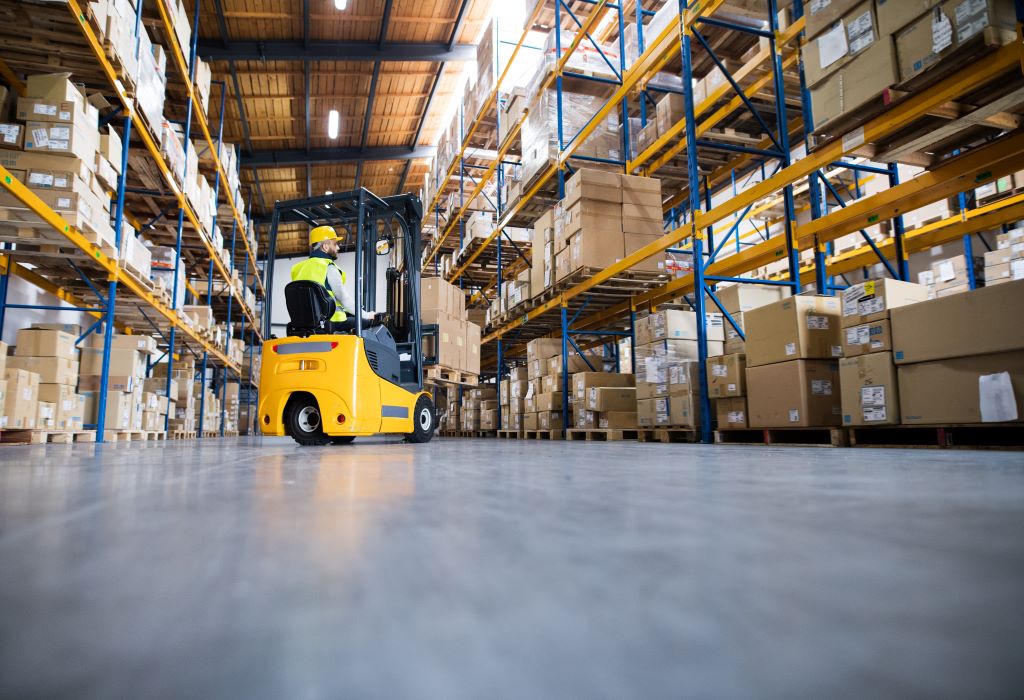Your Cart is Empty

Amazon FBA vs FBM - Which is best for your business?
When it comes to E-Commerce fulfillment, many options are available to the seller in order to meet their fulfillment needs. E-commerce operations are becoming increasingly more important, which makes an efficient fulfillment process critical to an organization.
Amazon's immense online presence gives sellers a great opportunity to promote their products to all customers that use Amazon's services. Sellers who list products on Amazon have the options of Fulfilled by Amazon (FBA) or Fulfilled by Merchant(FBM). These options allow sellers to decide whether to have Amazon handle all fulfillment or to take on fulfillment themselves.
FBA - Fulfilled by Amazon
When a seller goes through FBA, Amazon offers to completely handle its sellers' order fulfillment. The seller has to promote and sell its products; Amazon will process the order and get it to the customer. Through this route, the seller sends its inventory to Amazon to manage the rest of the work. The seller's products will be listed as Amazon Prime products, which significantly benefits the sellers. However, when a seller chooses FBA, there will be many costs and regulations that they will have to meet in order to have Amazon manage their fulfillment. With strict requirements for FBA, the seller has little control and limited access to inventory. Through FBA, a seller may not immediately incur the overhead costs of self-fulfillment. In any FBA or 3PL system, as sales and inventory volume increases, the costs incurred will substantially increase. Eventually, those costs will exceed the overhead expenses of self-fulfillment.

FBM - Fulfilled by Merchant
FBM is another option that is available to sellers on Amazon. Through FBM, the seller is fully responsible for inventory management, shipping, and order fulfillment. FBM may consist of sellers handling fulfillment by themselves or by utilizing a 3PL. FBM allows a seller to list their products on Amazon's website and gives them the ability to manage their fulfillment. The seller is able to have easy access and much more control over their inventory. The fulfillment and product delivery is the last touch of customer service. You want your customers to have the best experience on the delivery because that may be the last thing they remember about the service. Self-fulfilling allows a company to manage its process and set what the customer experience is going to be.
SFP - Seller Fulfilled Prime

Through efficient fulfillment, companies working through FBM can also qualify for SFP (Seller Fulfilled Prime). The Seller Fulfilled Prime program allows sellers to have the Prime badge while shipping orders from their own warehouse. With the Prime badge, the seller is responsible for meeting two-day shipping and delivery requirements. However, this will allow sellers to reach Amazon Prime's large customer group. SFP is an excellent option because it brings Prime eligibility from FBA and gives the inventory control and lower operating fees that come from FBM.
Fulfillment is very demanding, maybe even overwhelming at times. However, it doesn't need to be such a daunting task. Through correct and efficient fulfillment, productivity can increase while operating costs decrease. The biggest hurdle is not knowing what to do. Many companies focus on product creation, sourcing, marketing, and website design. The last thing on their mind is the physical fulfillment aspect; everything in the space is new to them.
Here is how logistical studies and proper warehouse consulting can help you in your fulfillment process:
1 - Identifying how much warehouse space would be need
2 - Planning out the layout of that space for ultimate efficiency
3 - Implementing the layout and installing all the necessary hardware to make it possible (including docks and doors, fork or lift trucks, carts, packing stations, etc.)
4 - WarehouseOS as the software to manage inventory and pick/pack orders in the most efficient way possible.
Visit our Data-Driven Design page to learn more.








